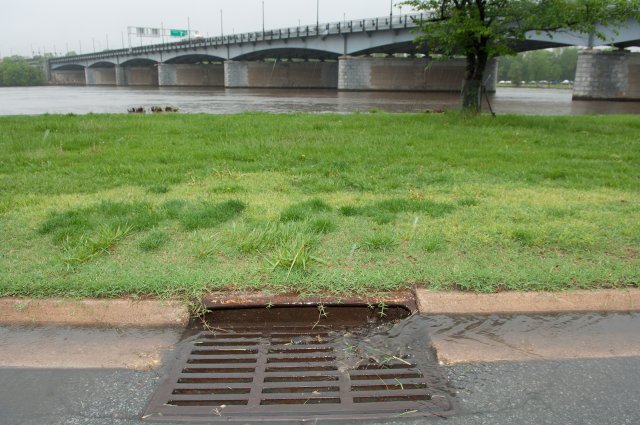
The development or redevelopment of land areas can significantly affect the quantity and quality of stormwater runoff. Changing the topography or replacing natural ground cover with impervious surfaces can increase the volume of runoff and significantly increase peak runoff rates. The increase in volume and peak runoff rates can accelerate erosion rates in local stream channels and increase the risk of flooding in adjacent low-lying areas. Changes in land use can lead to the introduction of new pollutants (such as gasoline, oil, grease, fertilizer, household chemicals, etc.) to local water bodies. Left unchecked these pollutants can migrate into the City’s Municipal Separate Storm Sewer System (MS4) and eventually into local waters such as Howell Creek and Mustion Creek and their tributaries, reducing the receiving water quality.
Goals
The objectives of West Plains’ Post-Construction Stormwater Management program center on the effective design, installation, operation, and maintenance of post-construction water quality BMPs. The general objectives of this include the following:
- Promote proper and consistent design, review, installation, inspection, and maintenance of water quality BMPs at newly developed or redeveloped sites throughout unincorporated portions of the city.
- To the maximum extent practicable, control the discharge of stormwater and reduce the discharge of pollutants from newly developed or redeveloped sites.
- To the maximum extent practicable, improve the quality of stormwater as it moves through the City’s MS4.
- Educate local designers, contractors, water quality BMP owners (private owners, businesses, homeowners associations, etc.) on the importance of the proper design, installation, operation, and maintenance of water quality BMPs.

